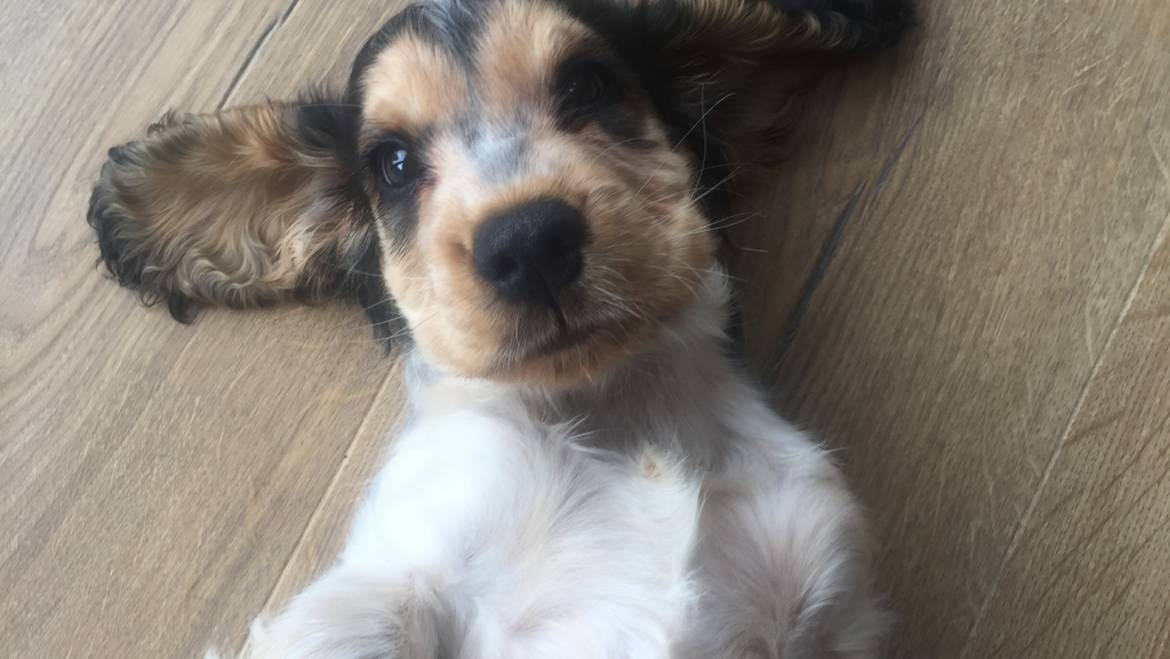An dog that is injured, in pain, ill, or even fearful, can go into shock. Indeed, when a dog is involved in a trauma, such as a traffic collision, the shock may prove fatal rather than blood loss or broken bones. This goes to show the importance of recognising signs of shock and then acting swiftly to stabilise the dog.
3.1.1 Signs of Shock
- Mental confusion or decreased alertness
- The dog seems weak and / or loss of consciousness
- A low body temperature (check for cold paws)
- A weak, rapid pulse
- Slow capillary refill time (more than 2 seconds)
- Rapid shallow breathing or abnormally slow breathing.
- Pale gums with a slow capillary refill time
- Dilated pupils
3.1.2 What is Shock?
Shock is the body’s attempt to protect the major organs from oxygen deprivation in the face of circulatory collapse. To do this the body closes down none vital blood vessels such as those supplying the skin, extremities and gut, in order to prioritise the blood supply to the brain, heart, and lungs.
Physical evidence of this is the dog feels cold to the touch (the circulation to their skin and paws has shut down), and their gums have a slow capillary refill time (more than 2 seconds).
3.1.3 Treating Shock
The treatment of shock is complex and depends on supporting the dogs circulation (by the use of intravenous fluids as given by a veterinarian), keeping the dog warm (as they are prone to heat loss), and correcting the underlying cause.
- Traumatic shock: Stop blood loss and start pain management
- Anaphylactic shock: Antihistamines or corticosteroids to switch off the allergic reaction
- Cardiogenic shock: Medications to support heart function
- Septic shock: Antibiotics to fight infection
- Dehydration: Intravenous fluids to replace lost fluids
Thus, most cases of shock require rapid intervention by a vet. However, stopping blood loss in the case of trauma and keeping the dog warm is of crucial importance. Take immediate action first and then phone the vet so they are waiting for your arrival, and transport the dog to the clinic with all possible speed.
To keep an animal warm, consider:
- Insulate them from the ground : If the ground is colder than the dog, the dog transfers their body heat to the earth, which causes further chilling. Place a mat, blanket or coat under the dog.
- Cover with a blanket or coat : To prevent further heat loss to the air
- Hand warmer or hot water bottle : Use the hand warmer from a first aid kit, or a hot water bottle to keep the dog warm. Always wrap a hottie in a towel to prevent thermal burns to the dog.
Do NOT give oral pain relief. As part of the shock reaction, blood is diverted away from the gut and oral medicines are poorly absorbed, plus they are liable to sit in contact with the stomach wall, causing gastric ulcers. Whilst not giving pain relief may seem like a bad thing, it positively leaves the field clear for the vet to give strong pain relief by injection, without the risk of drug interactions.

